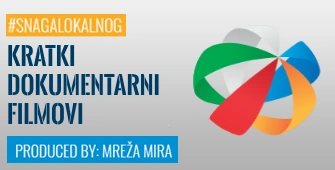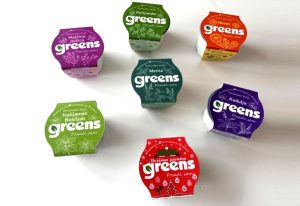The mayor of Mostar, Mario Kordić, said that now it would be possible to start a plan to adapt the landfill, but that the problem is money because 11 million KM is needed for the five-year rehabilitation plan.
“I am asking you to start solving the problem of the cost of disposal, acceptance and processing of mixed municipal waste as soon as possible. That price was formed back in 2008,” said the acting director of the public company Deponija doo Mostar, Mirhad Grebović.
Addressing the City Council of the City of Mostar, which adopted the report on the work of this company, Grebović said that this price brings the company into great losses and that a solution should be approached urgently.
He stated that in the Mostar landfill, which for years has been known as a major environmental but also political problem, the sorting plant achieves the best results in separating useful raw materials.
“Currently, we are at about 13 percent for the separation of raw materials that go to recycling, and of course that percentage can be increased. According to our experience and that of other landfills in the region, it cannot be a significant percentage. We will work to raise that level even with material that does not have a great economic calculation”, he said and added that they have 27 and a half thousand tons of waste per year.
The mayor of Mostar, Mario Kordić, said that now it would be possible to start a plan to adapt the landfill, but that the problem is money because 11 million KM is needed for the five-year rehabilitation plan.
“We are struggling because we need 11 million KM; and the credit arrangement that we had agreed on is part of it and we are not getting it because we do not have an environmental permit and we do not have it because the association ‘Because it concerns us” said Kordić.
He added that in order to raise the percentage of waste separation, more people should be employed, but also added that out of the 27.5 thousand tons of waste separated in the composting plant, 8 thousand tons of very high-quality bio-waste, compost, were separated.
The compost, said Kordić, was sent to three institutes, which concluded that the compost was of very high quality. However, in order for the composter to be legally at the landfill, it must be part of the environmental permit.
Source: blesak.info





